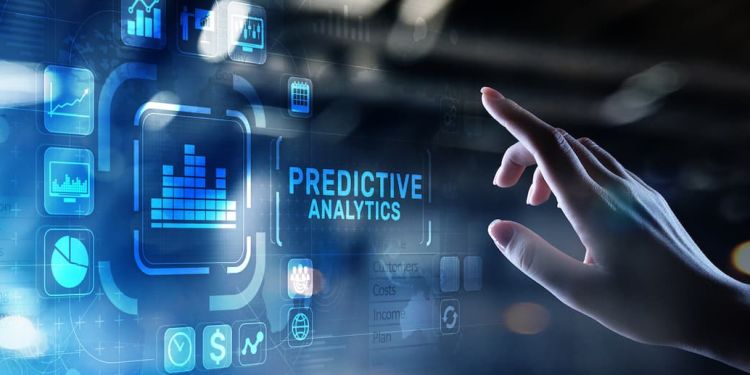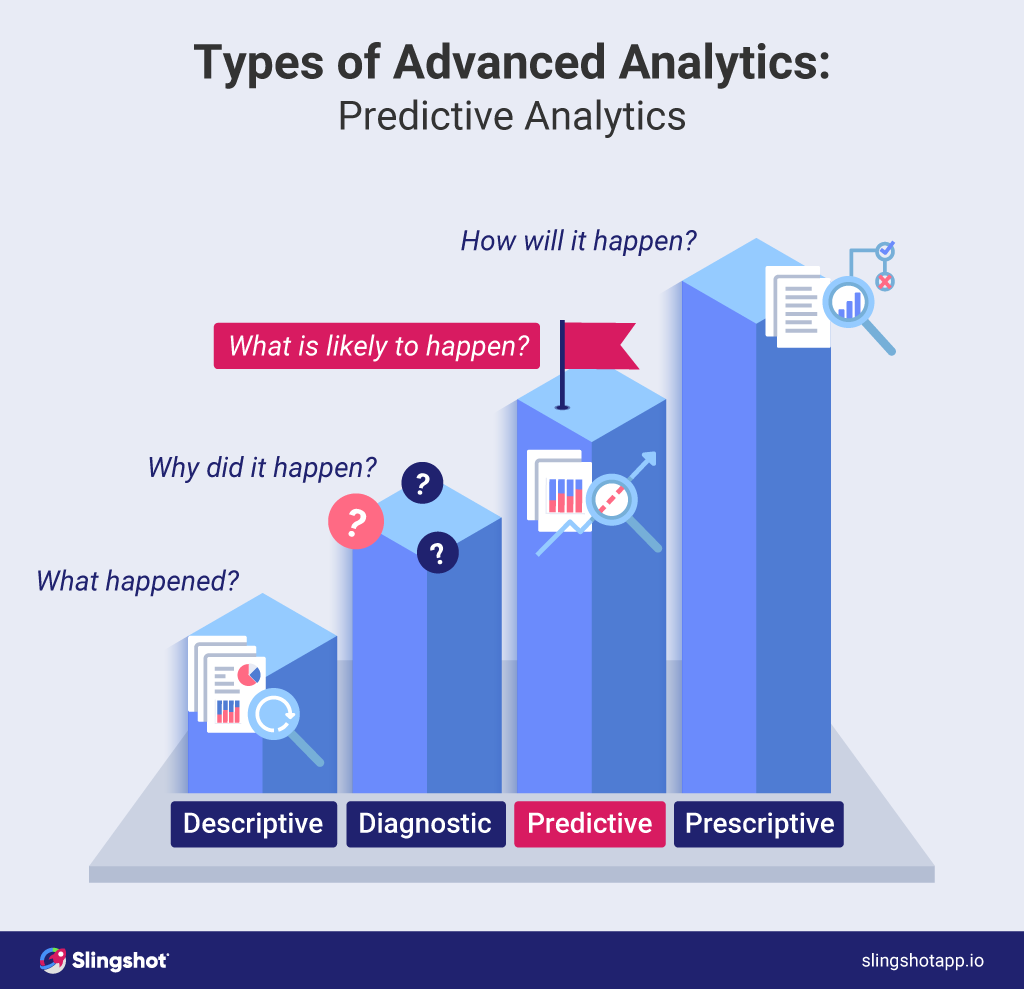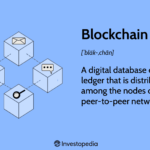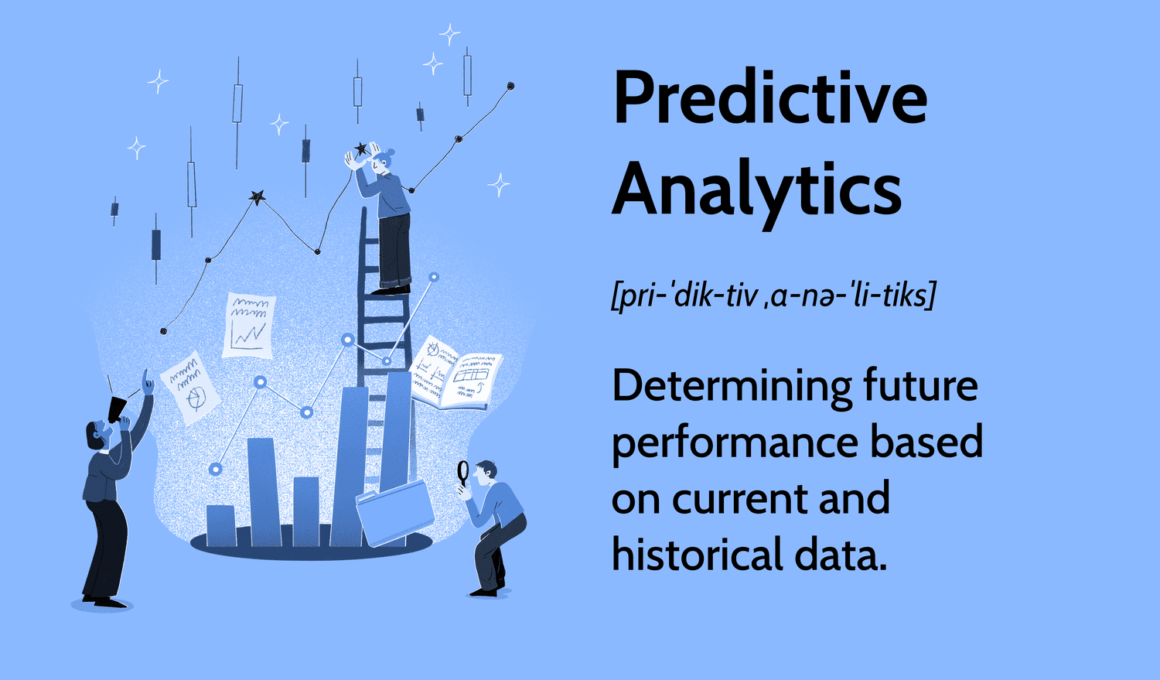Predictive analytics involves using historical data to forecast future events. It employs statistical techniques and machine learning models for prediction.
Predictive analytics is revolutionizing the decision-making process in businesses across various industries. By analyzing trends and patterns from past data, companies can anticipate customer behaviors, market trends, and potential risks, to make informed strategic decisions. This analytical approach enhances efficiency by enabling organizations to allocate resources effectively and improve operational performance.
In sectors like healthcare, retail, finance, and manufacturing, predictive analytics tools are pivotal for driving success and maintaining competitive advantages. Organizations use these insights to personalize customer experiences, optimize marketing campaigns, manage inventory levels, and reduce potential downtimes. Embracing predictive analytics translates to smarter business practices and a proactive rather than reactive strategy.

Credit: online.hbs.edu
Understanding Predictive Analytics
Imagine knowing what happens next in your business. That’s what predictive analytics can do. It uses data, stats, and machine learning to guess future events. In this section, we’ll explore what this powerful tool is, how it has grown, and what makes it tick.
The Concept Of Predictive Analytics
Predictive analytics dives into big data to find patterns. It then uses these patterns to forecast what may happen. This means businesses can make smarter decisions today based on what they think will happen tomorrow.
Evolution Of Predictive Analytics
From using simple graphs to complex algorithms, predictive analytics has come a long way. Computers are now faster and smarter, making predictions more reliable. We have moved from guessing to knowing with a high degree of confidence.
Key Components Of Predictive Analytics
- Historical Data: Past information is a gold mine for predicting the future.
- Statistical Algorithms: Math models that find trends in data.
- Machine Learning: Computers that learn from data to make forecasts.
The Mechanics Of Predictive Analytics
The Mechanics of Predictive Analytics unravel the magic behind forecasting future events. This process involves intricate steps to handle data expertly. Understand the stages to master this powerful tool.
Data Collection And Preprocessing
Gathering data stands as the foundation. It’s like hunting for treasure. You need the best map. Various sources offer rich data. Think of social media, surveys, and transaction records. Look everywhere for high-quality inputs. Next, comes preprocessing. This means getting your map ready. Clean and organize your data. Fix errors, remove useless info, and fill in blanks. Your data should be neat before the real magic happens.
- Cleaning: Eliminate errors and inconsistencies.
- Transforming: Convert data to a uniform format.
- Reducing: Keep only relevant data, discard noise.
Statistical Techniques And Machine Learning
Statistical methods spot patterns. They are like spells to peek into the future. They reveal hidden connections in numbers. Combine them with machine learning algorithms and you get a powerhouse. Machines learn from data, getting smarter over time. This blend offers insights you might miss otherwise.
| Technique | Use |
|---|---|
| Regression Analysis | Predict numerical values. |
| Classification | Sort data into categories. |
| Clustering | Find natural groupings. |
Model Building And Validation
Build your model like a detective solving a case. The right clues lead to answers. Use what you’ve learned from data to construct a predictive model. This is your crystal ball. Test it with real-world scenarios. Make sure your predictions hit the mark. That’s what validation is for. Split your data. Use part to build the model. Use the rest to test.
- Build: Create your predictive model with the prepared data.
- Test: Check the model against new data.
- Refine: Improve the model for better accuracy.
Seek high accuracy and reliability. Your model should predict well, again and again. This ensures trust in your foresights. Keep refining, and stay ahead of the curve.
Practical Applications Of Predictive Analytics
Predictive analytics shapes the future with data. It transforms raw information into insights. Across industries, this power assists in making informed decisions. It predicts outcomes. Let us dive into its practical uses.
Predictive Analytics In Business And Finance
Firms harness data for a competitive edge. Predictive analytics forecasts market trends. It identifies new opportunities. Here are ways businesses use it:
- Understanding customer preferences
- Customizing marketing campaigns
- Improving sales forecasting
- Assessing credit risks
Healthcare And Life Sciences Advancements
Healthcare is transforming with data. Hospitals predict patient influx. They personalize care. Life sciences firms find breakthroughs. Key applications include:
- Disease outbreak prediction
- Patient readmission reduction
- Drug development acceleration
- Treatment outcomes enhancement
Impact On Government And Public Services
Governments utilize predictive analytics for better services. They optimize resources. Public safety is improved. Urban planning becomes smarter. Key uses are:
- Crime rate prediction
- Traffic congestion management
- Educational policy reform
- Emergency response planning
Predictive Analytics In Supply Chain And Logistics
Supply chains demand efficiency. Predictive analytics achieves this. It optimizes logistics operations. Inventory levels are balanced. Shipping delays are reduced. Critical implementations are:
| Demand Forecasting | Route Optimization | Supplier Risk Assessment |
|---|---|---|
| Predict product demands | Find fastest delivery routes | Evaluate supplier reliability |
Challenges And Ethical Considerations
Predictive analytics shapes the future by assessing patterns. It helps make informed decisions. Yet, it’s not without its challenges. Ethical considerations must align with technological advances. Balancing innovation with ethics is a tricky tightrope. Let’s dive into the core complexities.
Addressing Data Privacy And Security
Data is gold in the digital era. Protecting personal information is critical. Businesses need trust to use data. Strong encryption protocols come first. Regular security audits follow. Training employees in data handling is also key. Here’s what privacy and security entail:
- Encryption: Safeguards data from unauthorized access.
- Audits: Regular checks ensure ongoing safety.
- Training: Staff must know privacy practices.
Mitigating Bias And Ensuring Fairness
Algorithms reflect human biases. Unchecked, they perpetuate inequality. Data diversity is a start. Testing for fairness is a must. Continuous monitoring guarantees justice. Achieving fairness involves:
- Collecting diverse data sets.
- Running bias detection tests.
- Reviewing algorithm decisions regularly.
Compliance With Regulatory Standards
Laws differ by region. Staying compliant avoids hefty fines. Understand global standards. GDPR and CCPA set the bar high. Implement a compliance framework. Simplifying compliance involves:
| Regulation | Action Required |
|---|---|
| General Data Protection Regulation (GDPR) | Manage user data with consent. |
| California Consumer Privacy Act (CCPA) | Allow users to opt-out of data selling. |
The Future Of Predictive Analytics
Predictive Analytics is rapidly evolving. Businesses use it to see what might happen in the future.
It helps companies make smart choices. The future of Predictive Analytics will be exciting and full of new tools.
Innovations On The Horizon
Experts are creating new ways to predict outcomes. They use powerful computers to do this.
- Automated Data Cleaning: This makes data better for analysis.
- Real-Time Analytics: You can see data updates instantly.
The Role Of Ai And Big Data
Artificial Intelligence (AI) and Big Data are important in Predictive Analytics.
AI can learn from data. Because of this, it gives very good predictions.
Big Data lets us look at tons of information. This helps AI make even better predictions.
Integration With Other Technologies
We can mix Predictive Analytics with other tech. This makes it more powerful.
For example:
- Internet of Things (IoT):
- Devices can share data. This helps with predictions.
- Cloud Computing:
- It stores a lot of data online for analysis.

Credit: www.slingshotapp.io

Credit: online.hbs.edu
Frequently Asked Questions Of Predictive Analytics
What Are Examples Of Predictive Analytics?
Predictive analytics examples include credit scoring, weather forecasting, risk assessment, and demand forecasting in retail. Other applications involve predicting equipment failures, customer behavior, and healthcare outcomes.
What Are The 4 Predictive Analytics?
The four types of predictive analytics are classification, regression, time series analysis, and clustering. These methods forecast future trends and behaviors.
What Are The Three Different Types Of Predictive Analytics?
There are three types of predictive analytics: descriptive, predictive, and prescriptive. Descriptive analytics interprets historical data. Predictive analytics forecasts future outcomes. Prescriptive analytics suggests actions based on predictions.
What Is Predictive Analytics And Why It Matter?
Predictive analytics uses historical data to forecast future events, helping businesses anticipate trends and make informed decisions. Its significance lies in optimizing operations, reducing risks, and enhancing customer satisfaction.
Conclusion
Predictive analytics is transforming decision-making across industries. By leveraging historical data, businesses can forecast trends with remarkable accuracy. This insight enables proactive strategy development. It’s clear that to stay competitive and informed, embracing predictive analytics is not just beneficial but essential.
Embracing this tech edge ushers in a new era of informed decision-making and strategic planning.






